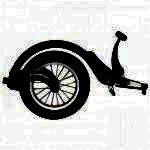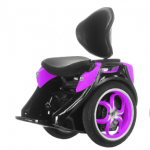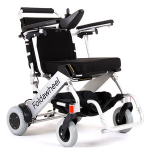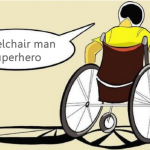All to often private taxi form Uber is in the news and often for the wrong reasons with bad press for its gig employment rules however today it is good news for wheelchair users and particularly if you are in Liverpool.
Liverpool is today added to the list of cities that Uber offer a wheelchair taxi service which can be accessed by phone or by its app. From 4pm today, Uber is offering wheelchair friendly cabs in and around the city all of which have rear-entry wheelchair ramps and restraint points to allow wheelchair users to ride comfortably along with one additional passenger.
All users of wheelchairs know that i can be very difficult to get a suitable taxi that caters for their mobility needs. Uber says public transport is not always accessible or sufficient and taxis can be an expensive way to travel. The new wheelchair friendly cabs are now available at the touch of the screen on their smartphone app and what is particularly good news is that the cab will cost the same as it would for a regular cab and trips wont need advance planning as they have done for so long if you require a taxi that will cater for your wheelchair. Plus, Uber has said that all of their 'top-rated' drivers have received Disability Equality Training.
For the initial phase to celebrate the launch wheelchair users are also being offered a discount on their first trip with a value of up to £15 as an incentive welcoming those with mobility issues and wheelchairs to try their new service. Liverpool is the seventh city where the new wheelchair friendly service has been launched, including London, Manchester, Birmingham, Leeds, Newcastle and Wolverhampton.
Neil McGonigle, General Manager of Uber in Liverpool, said: “Thousands of people in Liverpool already use Uber to get around the city - whether it’s to an early morning train, to meet friends and family, or home after a night out. “With the launch of uberACCESS we can now offer the same reliable option for wheelchair users to travel on their terms at the touch of a button.”
Ruth Owen, Chief Executive of Whizz-Kidz, said: “When Uber launched wheelchair accessible vehicles in London, many of the young people we work with told us how useful it was to have another option for getting across town.
"We are delighted that disabled young people in Liverpool will now be able to take advantage of this brilliant service.”
So if you are a wheelchair user and you live in one of the cities that Uber provide this service to we would loe to hear what you think and how you have been looked after as a wheelchair user.






















